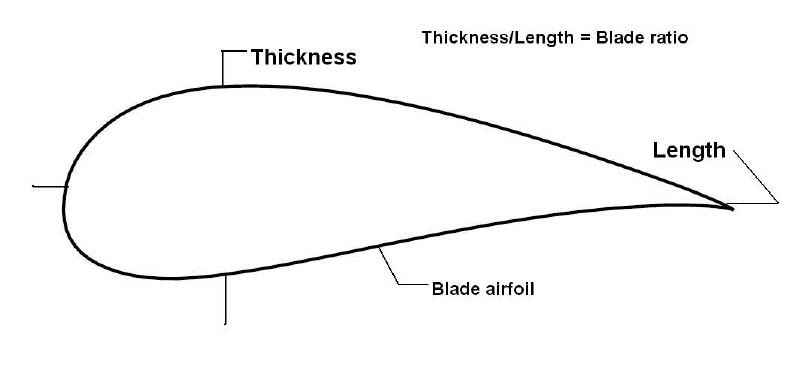

These factors influence pore size and structure, which control mechanical properties, freeze-thaw behavior, transport properties, and corrosion potential. In this study, thermodynamic modeling was used to evaluate the reaction products, pore solution chemistry, and trace metal immobilization potential of three GF compositions (high silica high calcium median calcium/median silica) at varying cement replacement levels. The chemical composition of wind turbine GFs is variable, but is predominantly calcium, silicon, aluminum, and iron, with trace amounts of light and heavy metals, making it an attractive candidate for use as SCM.

One potential waste management solution is to use the glass fiber (GF) component of GFRP as a supplementary cementitious material (SCM) to replace cement in concrete, which has the additional benefit of reducing CO2 emissions from cement clinkering. Managing GFRP waste is a vexing problem since the materials cannot be easily recycled. To demonstrate the concept a prototype 100 m long wind blade model developed by Sandia National Laboratories is used to show how a wind blade can be broken down into parts, thus making it possible to envision architectural applications for the different wind blade segments for housing applications.īy the year 2050, glass fiber reinforced polymer (GFRP) material from decommissioned wind turbine blades is expected to generate 40 million tons of waste worldwide. Since reuse design should be for specific regional locations and architectural characteristics the designs presented in this paper are for the coastal regions of the Yucatan province in Mexico on the Gulf of Mexico where low-quality masonry block informal housing is vulnerable to severe hurricanes and flooding. It focuses on large-sized FRP pieces that can be salvaged from the turbine blades and can potentially be useful in infrastructure projects where harsh environmental conditions (water and high humidity) exist. This paper discusses conceptual architectural and structural options for recycling these blades by reusing parts of wind turbine blades in new or retrofitted housing projects. The very rapid growth in wind energy technology in the last 15 years has led to a rapid growth in the amount of non-biodegradable, thermosetting fiber reinforced polymer (FRP) composite materials used in wind turbine blades.


 0 kommentar(er)
0 kommentar(er)
